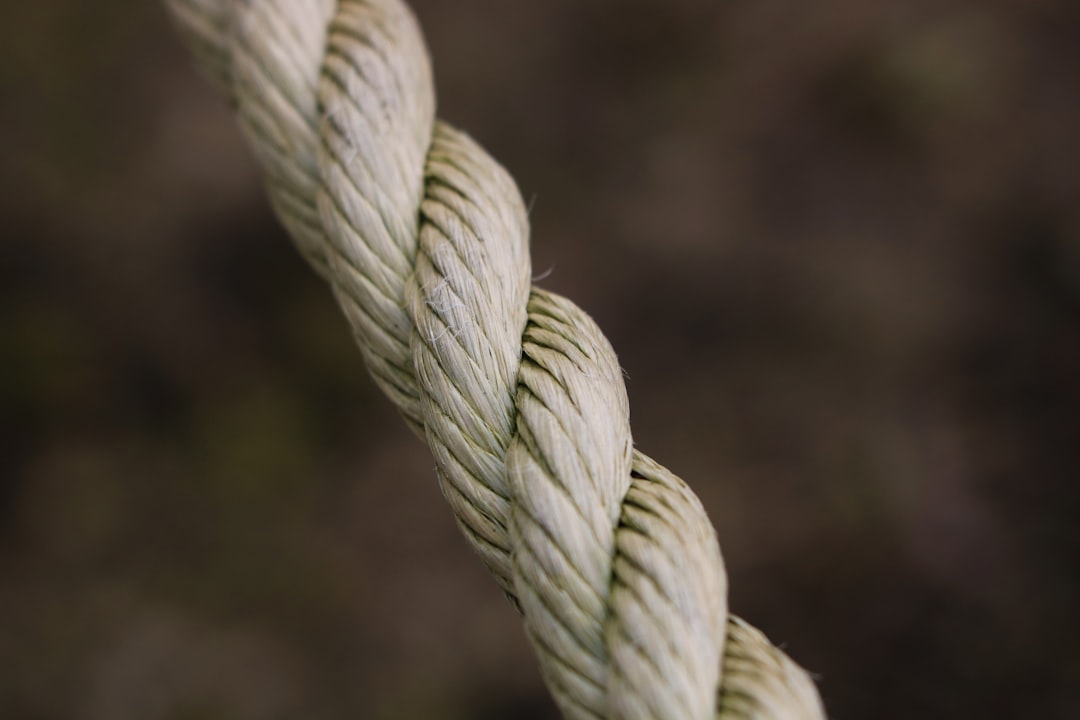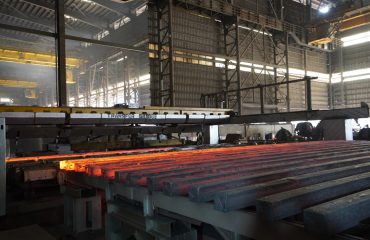Threaded pipes are a cornerstone of countless industries, from plumbing and gas distribution to industrial applications and even specialized manufacturing processes. Their enduring popularity stems from a combination of robust features and significant advantages that make them a reliable and versatile choice for a wide array of applications. This guide delves into the intricacies of threaded pipes, exploring their key characteristics and highlighting why they remain a preferred piping solution.
Understanding Threaded Pipe Connections: The Mechanics of Strength
The defining feature of threaded pipes is, of course, the threads. These precisely cut helical grooves create a strong, mechanically interlocked joint. The threads are typically created using a cutting, rolling, or extrusion process, resulting in a consistent and reliable connection. The process of joining two threaded pipes involves screwing one pipe into another, creating a secure seal that resists pressure and leakage. The tightness of the connection is crucial, and the use of appropriate thread sealant (like Teflon tape or pipe dope) is essential to ensure a leak-proof joint. Different thread standards exist (e.g., NPT, BSP, BSPT), each with its own specifications regarding thread pitch, diameter, and profile. Choosing the right thread standard is vital for compatibility and ensuring a secure connection.
Material Selection: Choosing the Right Threaded Pipe for Your Application
The material of a threaded pipe significantly impacts its performance, durability, and suitability for specific applications. Common materials include:
- Steel: Offers exceptional strength and durability, making it ideal for high-pressure applications and demanding environments. Galvanized steel provides added corrosion resistance.
- Copper: Known for its corrosion resistance and thermal conductivity, making it suitable for plumbing and HVAC systems.
- Cast Iron: Provides excellent strength and resistance to high temperatures, often used in drainage and wastewater systems.
- Plastic (PVC, CPVC): Lightweight and corrosion-resistant, ideal for less demanding applications and chemical handling.
- Stainless Steel: Offers superior corrosion resistance and strength, often preferred in demanding industrial settings and applications requiring high hygiene standards.
Selecting the appropriate material is paramount, considering factors such as pressure requirements, the nature of the fluid being transported, and the environmental conditions.
Advantages of Threaded Pipes: Why They Remain a Popular Choice
The enduring popularity of threaded pipes is due to several key advantages:
- Ease of Installation and Disassembly: Threaded connections are relatively straightforward to install and disassemble, requiring only basic hand tools. This simplifies maintenance and repairs.
- Reliable Sealing: When properly installed with sealant, threaded connections provide a highly reliable seal, preventing leaks and ensuring system integrity.
- Versatility: Threaded pipes are compatible with a wide range of fittings and accessories, allowing for flexibility in system design and configuration.
- Cost-Effectiveness: In many cases, threaded piping systems offer a cost-effective solution compared to other piping methods, particularly for smaller-scale projects.
- Strength and Durability: Threaded pipes, especially those made of steel, offer exceptional strength and durability, making them suitable for high-pressure and demanding applications.
These advantages contribute to the widespread use of threaded pipes across various industries.
Applications of Threaded Pipes: A Wide Range of Uses
Threaded pipes find applications in a remarkably diverse range of industries and settings:
- Plumbing Systems: For water supply and drainage in residential, commercial, and industrial buildings.
- Gas Distribution: In the delivery of natural gas to homes and businesses.
- Industrial Processes: For transporting liquids, gases, and slurries in various manufacturing processes.
- HVAC Systems: In heating, ventilation, and air conditioning systems.
- Fire Protection Systems: In sprinkler systems and other fire suppression applications.
- Chemical Processing: Handling chemicals and other corrosive substances in controlled environments.
The adaptability of threaded pipes allows them to be seamlessly integrated into a wide variety of systems.
Limitations and Considerations: Understanding the Drawbacks
While threaded pipes offer significant advantages, it’s crucial to acknowledge their limitations:
- Potential for Leaks: Improper installation or damage to the threads can lead to leaks, requiring careful attention to detail during installation.
- Susceptibility to Corrosion: Certain materials, like steel, are susceptible to corrosion, especially in harsh environments. Protective coatings or alternative materials may be necessary.
- Limited Flexibility: Threaded pipes are less flexible than other piping systems, requiring more fittings to navigate curves and changes in direction.
- Time-Consuming Installation (for larger projects): While individual connections are relatively quick, larger projects can be time-consuming due to the need for numerous threaded connections.
Understanding these limitations allows for informed decision-making when selecting the appropriate piping system for a specific application.
In conclusion, threaded pipes remain a vital component in numerous industries due to their robust features, reliable performance, and versatile applications. By understanding their strengths and limitations, engineers and contractors can effectively utilize threaded pipes to create efficient and durable piping systems.
Tags: threaded pipes, pipe fittings, pipe connections, plumbing, industrial piping, NPT, BSP




